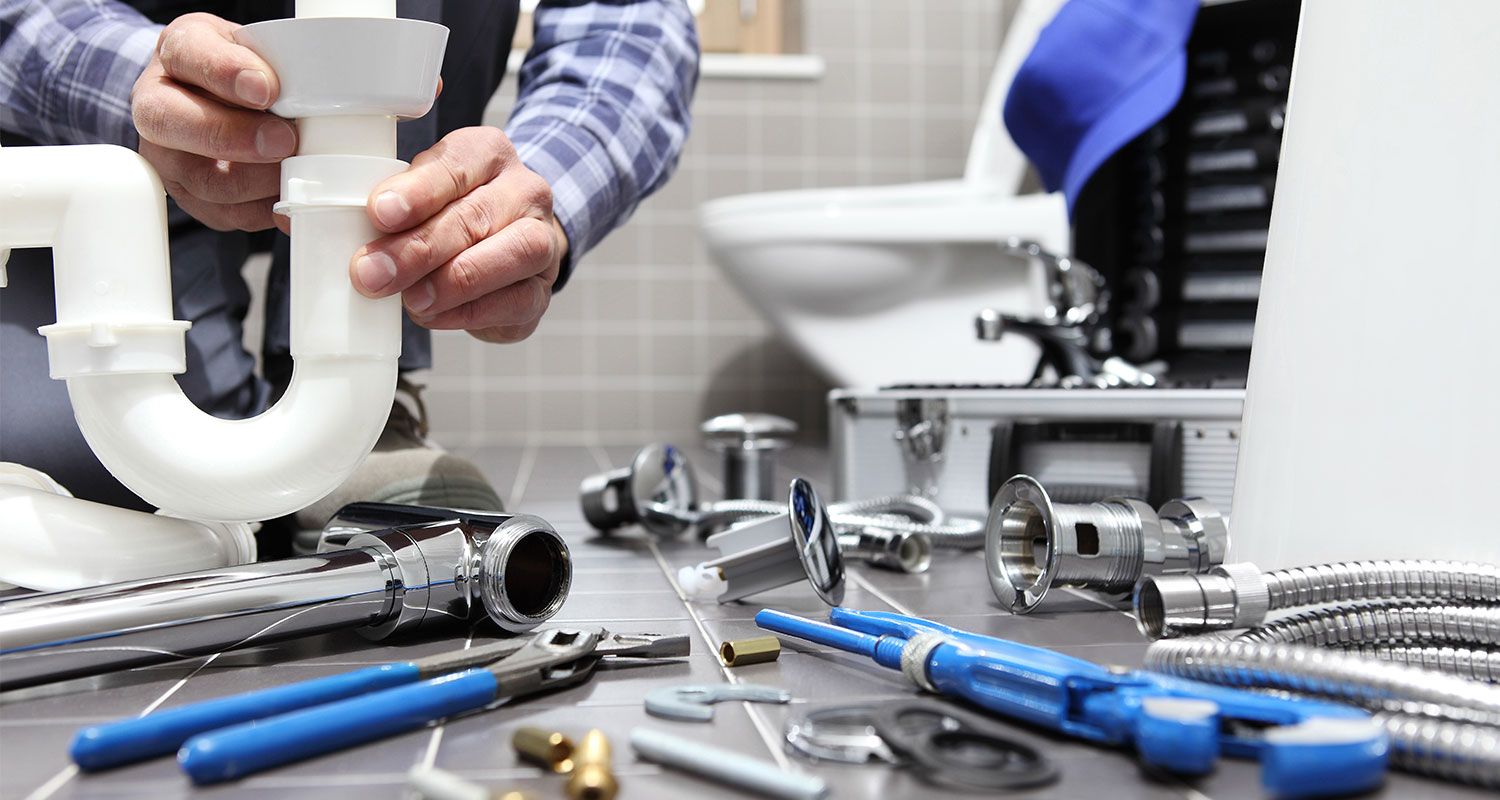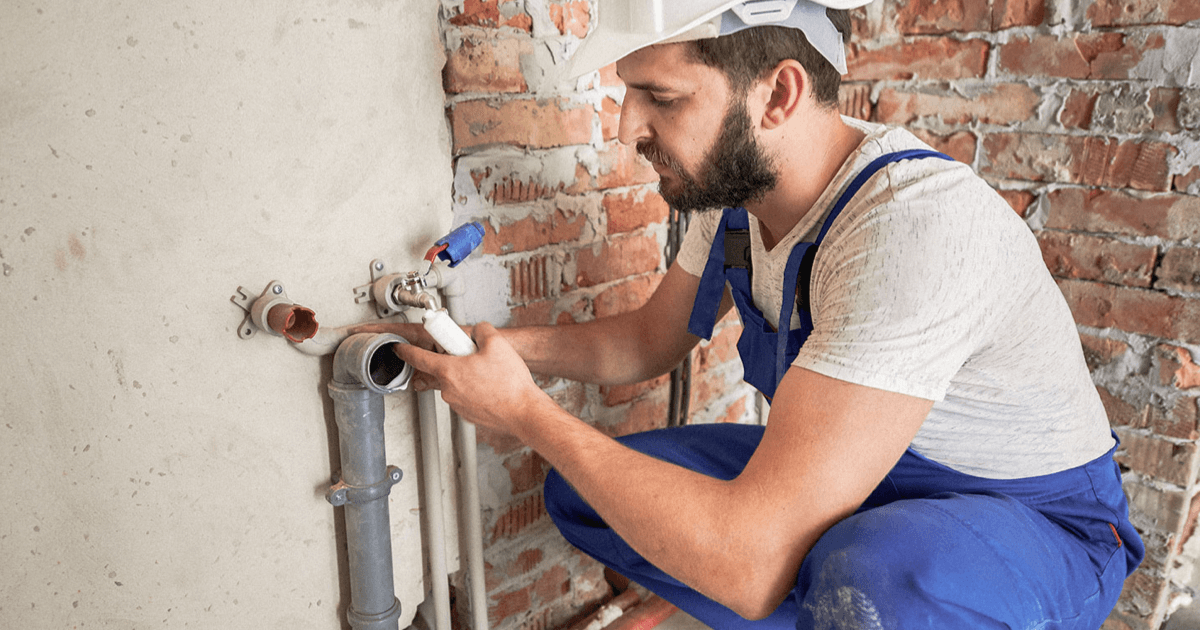Rapid and Effective Drain Cleaning Alabaster AL Services Available
Rapid and Effective Drain Cleaning Alabaster AL Services Available
Blog Article
A Step-by-Step Overview to Reliable Water Heating Unit Setup for Optimum Efficiency
Beginning on the task of setting up a water heating unit is a venture that requires accuracy and an organized technique for accomplishing ideal performance. As you continue, the complexities of linking water supply lines and establishing up trustworthy electrical or gas links await, promising understandings into ensuring efficiency and reliability.
Selecting the Right Hot Water Heater

Following, take into consideration the size and capability of the water heating system. It's vital to analyze your household's warm water needs, which can differ based on the variety of owners and their use patterns. A device that's also tiny may bring about not enough hot water, while an oversized model may result in unneeded power usage.
Effectiveness rankings also play a crucial role in choice. Try to find hot water heater with high Power Variable (EF) rankings, suggesting superior performance and minimized power use. Tankless designs, though normally a lot more pricey in advance, deal substantial power financial savings in time as a result of their on-demand heating capacities.
Preparing the Setup Area
Before installing a new water heater, precise prep work of the setup area is important. It's important to determine the room very carefully to accommodate the water heating system's dimensions, ensuring ample clearance around the system for effective procedure and servicing.
Inspect the flooring for stability, as the water heating system will need a solid, level surface to operate effectively. If needed, install a drip pan below the device to capture prospective leakages or spills, preventing water damages to the surrounding location.
Furthermore, make certain that all required tools and materials get on hand before commencing the installation. This consists of things such as wrenches, screwdrivers, a level, and any type of extra hardware required for placing and safeguarding the heater. A well-prepared setup area sets the foundation for an effective hot water heater configuration, maximizing efficiency and safety and security.
Connecting Water Supply Lines
When attaching water system lines to your recently installed hot water heater, it is crucial to make certain that all links are leak-free and safe to keep effective operation and avoid water damages. Begin by recognizing the chilly and hot water lines. The cold water inlet is normally marked with a blue label or a "C", while the hot water you can try this out outlet is noted with a red tag or an "H".
Use versatile water heating unit connectors to promote an easier installation process. Before attaching the connectors, position a plumber's tape around the threaded ends of the water heating unit's inlet and outlet pipes.
Once links remain in location, slowly activate the major water supply valve. Evaluate each link for leaks by aesthetically inspecting and really feeling for wetness. Tighten connections as needed, and make sure the stress alleviation valve is properly installed, securing against too much stress accumulation.
Establishing Electric or Gas Links
Appropriately setting up the electric or gas connections for your water heater is a vital step to make sure efficient and risk-free procedure. For electric water heaters, begin by confirming that the electrical circuit is compatible with the heating system's voltage and amperage needs.
For gas water heating units, safety and security is vital. Verify that the gas supply is off prior to continuing. Attach the gas line to the water heating unit using a versatile gas adapter, ensuring it is properly threaded and sealed with pipeline joint substance or Teflon tape ideal for gas connections. Tighten up the links with a wrench, making sure not to over-tighten (Plumbing Alabaster AL).
As soon as connections are made, evaluate for any type of potential leakages. For gas lines, use a soapy water service to the joints; bubbles indicate a leakage. For electric links, double-check that all circuitry is secure and appropriately shielded, keeping compliance with regional electric codes.
Examining and Changing for Performance
With the electric and gas connections safely in location, the following step is evaluating the functional performance of your water heating system. Begin by thoroughly turning on the water supply and making certain there are no leaks at any of the joints or shutoffs.
Next, perform an extensive assessment to ensure the burner or burner are working appropriately. For electric heaters, make use of a multimeter to validate if the components are Discover More drawing the proper existing. In gas designs, observe the heater fire; it needs to be blue and steady, showing reliable burning.
Change the setups as required to eliminate inadequacies. Think about carrying out insulation actions, such as including a hot water heater blanket, to better boost performance by reducing heat loss. Additionally, inspect the anode pole's problem, as a worn-out rod can reduce performance and result in container corrosion.
Conclusion
Efficient water heating system installation is vital for making certain ideal performance and power cost savings. By picking the suitable kind and dimension, and thoroughly preparing the setup location, a foundation for success is developed. Securely linking water lines and very carefully establishing up electric or gas links reduce possible issues. Comprehensive testing for leaks and accurate thermostat modifications to 120 ° F improve integrity and performance. Complying with these actions promotes lasting capability and energy conservation in residential water heating unit.

Correctly setting up the electric or gas links for your water heating unit is a critical step to make sure effective and risk-free operation. For electrical water heaters, start by verifying that the electric circuit is compatible with the heater's voltage and amperage demands. Attach the gas line to the water heater making use of an adaptable gas port, ensuring it is correctly threaded and secured with pipe joint compound or Teflon tape ideal for gas you can try here links.
Report this page